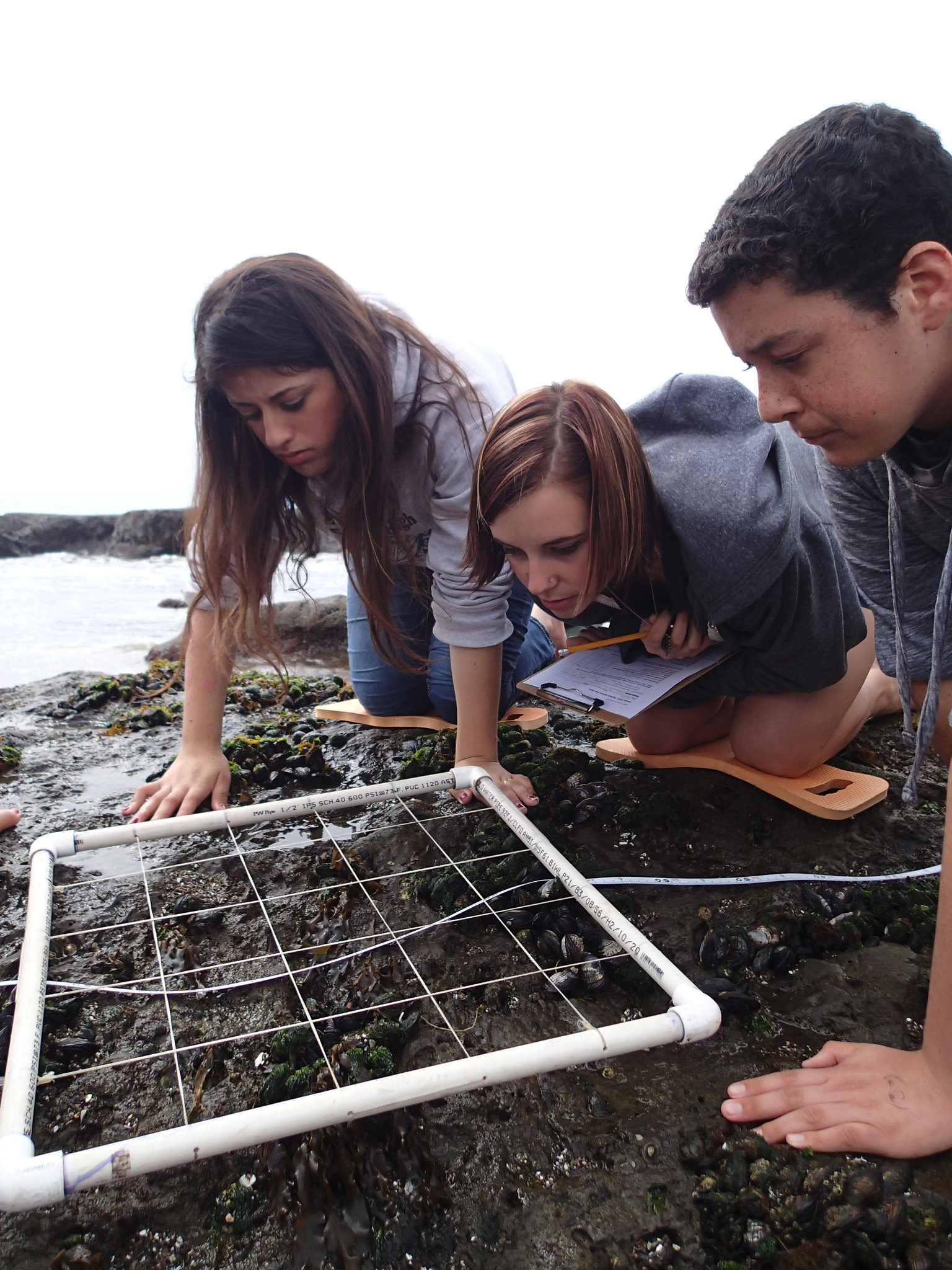
Citizen Science in National Marine Sanctuaries

Photo credit: Jessie Alstatt/NOAA
Want to get involved in marine science but don’t have a degree in the field or experience with research? You’re in luck! Anyone can participate in scientific research through citizen science initiatives, whether for one day or over a longer term.
NOAA’s Office of National Marine Sanctuaries describes citizen science initiatives as, “projects in which volunteers partner with scientists to answer real-world questions.” Citizen science volunteers can do everything from developing research questions to developing new technologies, and everything in between depending on the type of project and their abilities.
Citizen scientists are particularly helpful to scientists across the National Marine Sanctuary System. In 2018 alone, more than 9,300 volunteers contributed 82,637 hours to citizen science efforts, which is equal to $2 million of in-kind support! This dedication not only contributes to our understanding of America’s ocean, but gives volunteers the opportunity to connect to, learn about, and champion our national marine sanctuaries.
So what kind of projects are available to citizen scientists who want to get involved in their sanctuaries?
Sanctuary Ocean Count – Conducted annually in Hawaiian Islands Humpback Whale National Marine Sanctuary, this project allows visitors and locals the chance to see humpback whales from shore during the peak of their migration to the sanctuary each winter while contributing to our understanding of whale populations and behavior. Participants tally humpback whale sightings and document the animals’ surface behavior during the survey which is from 8 am to 12 noon at different sites throughout the sanctuary. Registration begins in mid-December each year, with counts occurring on the last Saturday of January, February, and March.
Shoreline Debris Cleaning Along the Washington Coast – Washington CoastSavers, one of our fiscally sponsored partners, gives citizen science volunteers the opportunity to document debris found along the Washington coastline during cleanups in and near Olympic Coast National Marine Sanctuary. This data can help scientists identify the leading types of marine debris that wash ashore, where it came from, and how it got to the sanctuary’s shoreline.
Snapshot Day – Volunteers in Monterey Bay National Marine Sanctuary gather annually on the first Saturday in May to participate in water quality monitoring research. According to the sanctuary, “this community event provides a one-day ‘snapshot’ of the health of the rivers and streams that flow into the MBNMS. Temperature, dissolved oxygen, pH, and conductivity are measured in the field and water samples are collected for laboratory analysis of nutrients and bacteria levels.” As a result of the project, leaders hope participants will learn about their watersheds, how actions near their watershed affect larger bodies of water, and what they can do to help!
Beach Watch – For more than 20 years, volunteers in northern California have contributed to Beach Watch, a program focused on understanding and documenting the resources found in Greater Farallones and Monterey Bay national marine sanctuaries. Volunteers are trained to monitor beaches between Bodega Head and Año Nuevo, documenting marine mammal and bird species they see, changes in habitat and other natural features, and environmental conditions at different times throughout the year. The Beach Watch program alone contributed more than 10,000 volunteer hours to the National Marine Sanctuary System in 2016.
To learn more about NOAA-sponsored and partner citizen science opportunities throughout the National Marine Sanctuary System, click here.
